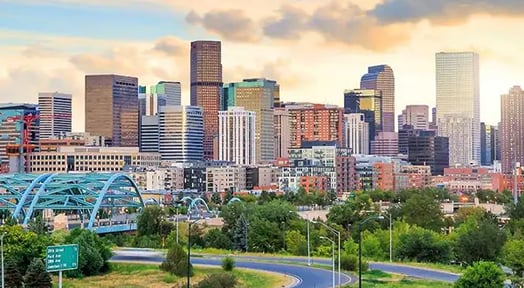For the first time ever, Uber will now list public transit options such as trains and buses in its app alongside its own rideshare products.

The update, made possible by a partnership with Denver’s Regional Transportation District, transit data provider Moovit, and the ticketing app Masabi, shows that Uber’s ultimate goal is to dominate every type of transportation.
Uber’s march to a ‘multi-modal’ future
Down the road, Uber’s plan is to become a one-stop-shop for all transportation needs by building what it calls a multi-modal transportation network.
“Whether you’re using mass transit for your morning commute, taking an e-bike for a midday meeting, using Pool to take a ride home or renting a car for the weekend, we want Uber to be there,” CEO Dara Khosrowshahi explained in April.
Last year, Uber bought JUMP e-bikes to build out its ‘micromobility solutions.’ Now, partnering with public transportation authorities is a logical next step for Uber to build out its ‘macro’ transportation options.
Cities are about to get Uber-ized
Today, Uber’s transit feature only directs users towards transit options and provides real-time updates about their arrivals.
But in the next few weeks, Uber will roll out in-app payments, as well — meaning people will be able to pay for their bus and train rides directly in Uber’s app.
Uber plans to expand its transit program beyond Denver in the next few months: Masabi, Uber’s ticketing software partner, is already used in 30 different transportation authorities around the world.

